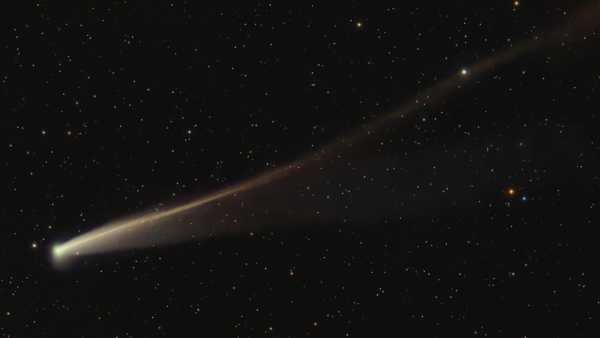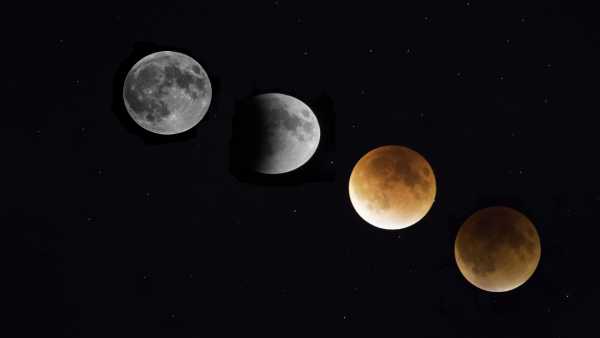
A composite image showing the phases of the total lunar eclipse on September 27, 2015. (Image credit: Gemma via Getty Images)
On the night of September 7-8, residents of Australia, Asia, Africa and some parts of Europe will be able to see a breathtaking spectacle of all phases of a total lunar eclipse – the “blood moon”.
During the event, which will last about five hours, the full Corn Moon will pass through Earth's cosmic shadow. It will gradually become engulfed by that shadow, turning a coppery reddish color — hence the name “blood moon” — for 82 minutes, making it the longest eclipse since 2022.
Unlike a total solar eclipse, which can only be seen in a narrow band of totality, a total lunar eclipse is visible from anywhere on the night side of the Earth. Unfortunately for North America, it is on the day side during this eclipse.
You may like
-
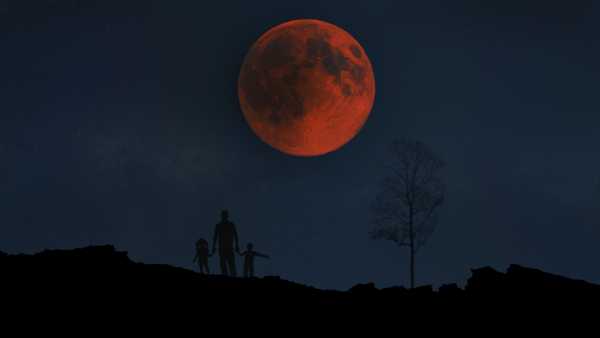
Blood Moon Coming: What You Need to Know About the Total Lunar Eclipse on September 7
-

In September we will have an “equinox eclipse”
-
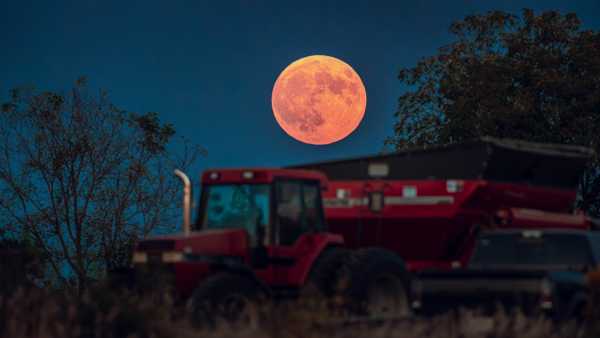
When is the next full moon?
Despite this, it will be a very visible eclipse: the total and partial phases will be visible to 5.8 billion people – about 71% of the world’s population. Among the first cities to see the total phase will be Sydney, Melbourne and Perth (Australia), Tokyo and Seoul. The last cities will be Moscow, Ankara (Turkey) and Bucharest (Romania), where the lunar eclipse will be visible during its rise in Western Europe.
Lunar eclipses are visible to the naked eye and require no special equipment. However, to see the lunar surface in detail and actually see the Earth's shadow creeping by, a good home telescope or stargazing binoculars will do wonders.
According to Time and Date, the last total lunar eclipse visible in North America lasted 65 minutes and occurred on March 14, 2025, and the next one will last 58 minutes and occur on March 2-3, 2026.
The lunar eclipse on September 7-8 will last a total of 5 hours and 27 minutes. It will begin at 11:28 a.m. ET (15:28 UTC) on September 7, when the full Moon passes through the outer region of the Earth's shadow, the penumbra, during which it will fade significantly in brightness. As it begins to enter the darker inner shadow, the umbra, at 12:26 p.m. (16:26 UTC), a curved projection of the Earth's shadow will be visible gradually covering the Moon.
Once the Moon enters the umbra completely, at 1:30 p.m. ET (17:30 UTC), it will appear copper-red for 82 minutes, until 2:52 p.m. ET (18:52 UTC). Then, according to EarthSky, the effect will reverse, with the Moon gradually moving out of umbra and then penumbra, ending at 4:55 p.m.
The total lunar eclipse will be broadcast live from Cyprus by Time and Date, and from Italy by The Virtual Telescope Project.

Jamie Carter, Social Link Navigator, Live Science Contributor
Jamie Carter is a freelance journalist and regular Live Science contributor based in Cardiff, UK. He is the author of The Beginner's Guide to Stargazing and lectures on astronomy and nature. Jamie writes regularly for Space.com, TechRadar.com, Forbes Science, BBC Wildlife magazine, Scientific American and many other publications. He edits WhenIsTheNextEclipse.com.
You must verify your public display name before commenting.
Please log out and log back in. You will then be prompted to enter a display name.
Exit Read more
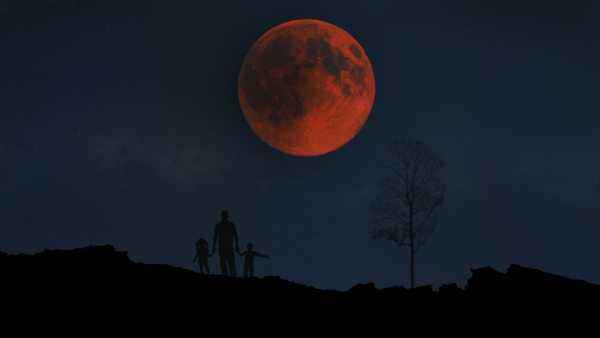
Blood Moon Coming: What You Need to Know About the Total Lunar Eclipse on September 7

In September we will have an “equinox eclipse”

When is the next full moon?
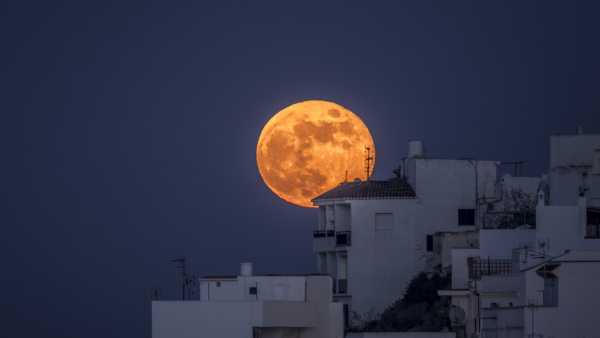
Full Sturgeon Moon Rising This Weekend
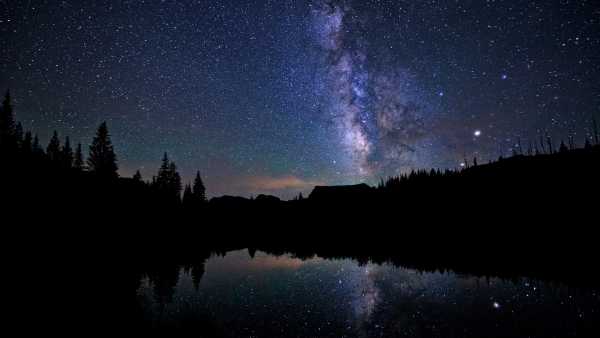
Rare 'Black Moon' Rising This Weekend: What Is It and What Can You See?
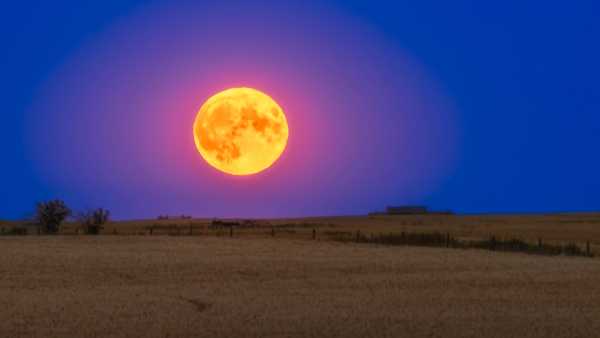
Next Week's Full Deer Moon: Why It's So Special. Latest Moon News
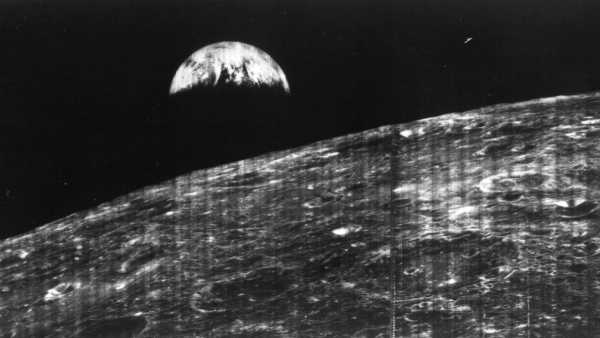
The World's First View of Earth from the Moon – Space Photo of the Week
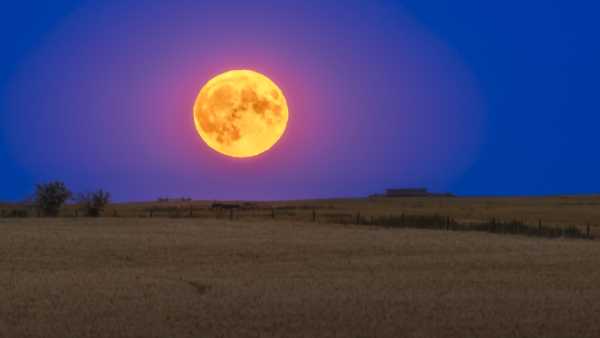
This week marks the rise of the full Corn Moon, which will bring a “blood moon” lunar eclipse to much of the world.

Where can you see the total lunar eclipse on September 7, the “blood moon”?
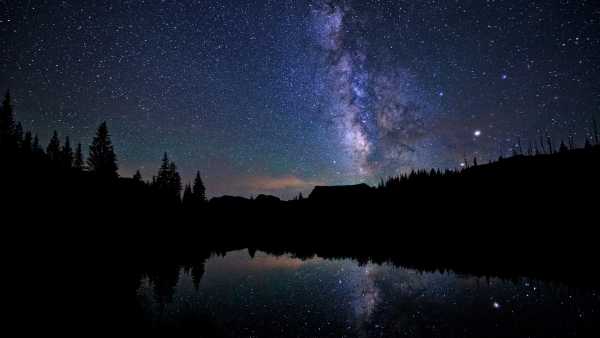
Rare 'Black Moon' Rising This Weekend: What Is It and What Can You See?
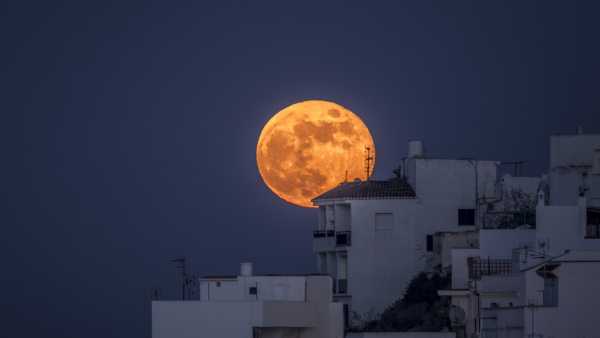
Full Sturgeon Moon Rising This Weekend

NASA Plans to Build Nuclear Reactor on the Moon by 2030. Latest News
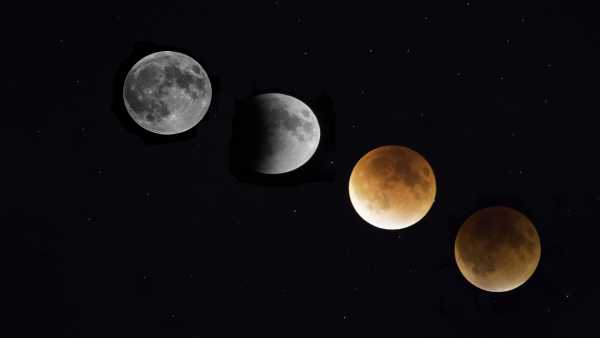
Who will see the total lunar eclipse “blood moon” this weekend?

'We've Gone Completely Mad': Killer Whales Attack Boats Again in Europe

Scientists Train AI-Powered 'Robot Dog' to Play Badminton Against Humans — and It's Really Cool

A 1.8-million-year-old human jawbone has been discovered in Georgia. It may be the earliest evidence of Homo erectus.

1,000-year-old king figurine with distinctive hairstyle is 'as close to a Viking portrait as you can get'

Dozens of Mysterious Objects Found Inside Mars May Be Remnants of 'Failed Planets' LATEST ARTICLES

1″We've Gone Completely Mad”: Killer Whales Attack Boats Again in Europe
Live Science is part of Future US Inc., an international media group and leading digital publisher. Visit our corporate website.
- About Us
- Contact Future experts
- Terms and Conditions
- Privacy Policy
- Cookie Policy
- Accessibility Statement
- Advertise with us
- Web Notifications
- Career
- Editorial Standards
- How to present history to us
© Future US, Inc. Full 7th Floor, 130 West 42nd Street, New York, NY 10036.
var dfp_config = { “site_platform”: “vanilla”, “keywords”: “type-news-daily,serversidehawk,videoarticle,van-enable-adviser-
Sourse: www.livescience.com



